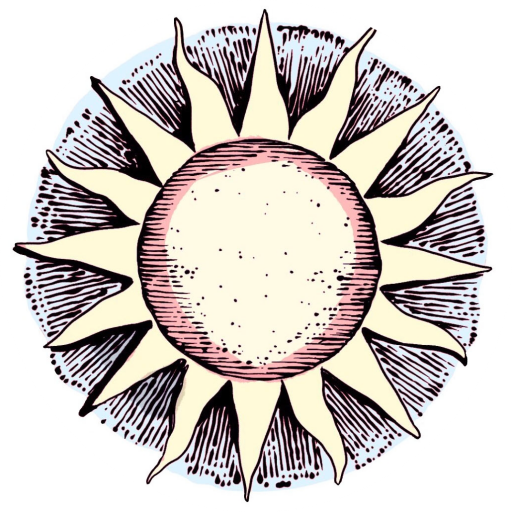‘It’s easy to draw parallels between ‘Delaney’s Orchard,’ covered elsewhere in this book, and ‘The Gorechard’ of Southern California. They’re both functioning orchards and they both produce uneaten fruit and uneasy feelings. As is often the case, the difference comes down to motive- the churning of bones by the roots of ‘Delaney’s’ peach orchard is the consequence of good intentions gone awry. ‘The Gorechard’ is exactly what it’s supposed to be.’
Most literature on the matter recommends a spring or summer visit to ‘The Gorechard,’ when the fruit has begun to ripen and ‘Judgement Day’ looms but it’s early autumn by the time Hector and I arrive and the festivities have long passed us by. ‘The Gorechard’ is something of a misnomer for what is really a series of independently owned farms, each with their own names and each with their orchards so closely pressed that it’s easy to mistake them for a single, massive enterprise. The fruit grown in the orchards is not intended for consumption nor does it have an official name (which is to say it has so many nicknames that nobody can quite agree what to call it). Come ‘Judgment Day,’ it’s my understanding that attendees just refer to it as ‘rot.’
Rot is grown in ‘The Gorechard’ strictly for the sake of competition, cherry-like in its early stages but increasingly deformed as it expands toward ripeness. Winning rot has been measured with diameters of three feet and lengths of nearly four and half. Weights vary with purpose: some competitions require a minimal pit while others focus on size and weight specifically. The result of most competitions is rot that swells under the constraint of its own skin. It sags like a sick, alien cocoon from the tree, translucent except for a dappling of inner clots. Most rot will burst well before Judgement Day and that’s the trick, really. Competitors cultivate several strains in order to hedge their bets.
We pass by several orchards before I begin to spot a few clumps of rot still hanging from the trees. A booth in the parking lot down the road is vacant but a man steps out from his house to gather an entry fee.
“Wouldn’t touch’em if I were you,” he tells me, “They’re due just about any day now.”
“Didn’t win you any prizes?”
“They’re breeding trees out in the south field,” he says, counting the money, “Little longevity from those helps to keep things nice and juicy for the measuring.”
At the core of all this competing is the rot’s tendency to burst at agitation, spraying thick, blood-like ichor as it drops its pit. Most measuring competitions require that the rot hold up for the duration of the measurement but explode with a pin-prick afterward, proving peak ripeness. The insides smell like rotten milk and are often already infested with the larvae of a local fly that skitters incessantly across its surface and penetrates the skin with it microscopic ovipositor. The result is a horror scene, unfolded in an instant, and images of the aftermath are often flagged for censorship online, no different in presentation than the morbid snapshots of fatal car collisions.
Hector and I stand near the breeding trees for a while before I find a small stone and, with the blessing of the man out front, nail a clean shot to hanging rot several trees down simply to see it for myself. It performs the grotesque expulsion and the tree shakes with its sudden release of burden. Unfortunately, the shaking tree begins to burst the rest of its fruit and the fruit of the trees around it. Anchored, as I am, by an ancient rabbit on a leash, I don’t quite make it out of the blast zone in time.
The man out front laughs, initially, but then he offers a shower and a change of clothes while mine run through the wash. It’s not the sort of kindness I may have taken in the early days of all this but, more and more, I find every reason to linger a while with people who will have me. We watch my clothes stiffen on the line as the sun sets over ‘The Gorechard,’ illuminating the last of the season’s rot like shards of red glass.
-traveler
